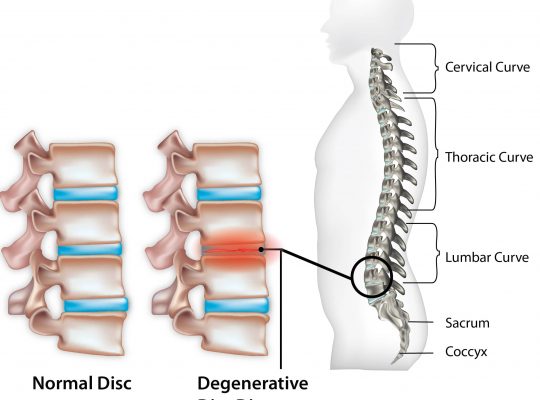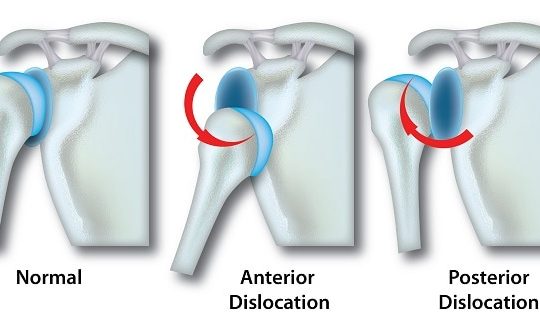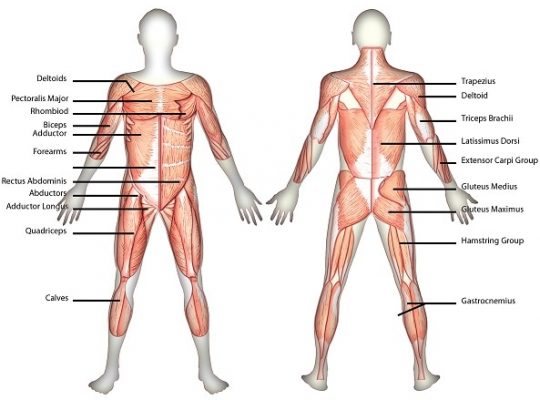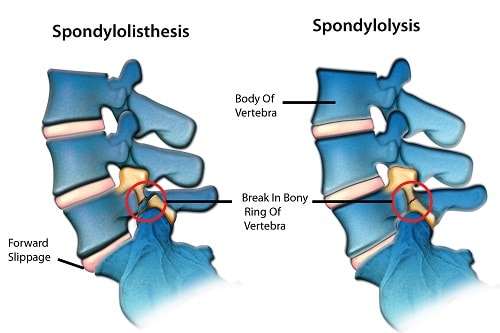Body fat can be measured in a variety of ways and can be used to help gauge a person’s physical fitness or to track the progress of a weight loss or weight gain regime. There are different body fat measurement types, each with varying levels of ease and accuracy.
Some can be done by the individual, whilst others need the assistance of a machine or a qualified health professional. You can try out our body fat calculator below which can help you measure your body fat percentage using the different available methods. Alternative you can read on for more information about the different methods of body fat measurement.
Body Fat Caliper
The body fat (skinfold) caliper is a very popular and handy device that is used to measure the thickness in the folds of skin in key areas of the body. By doing this, the user can have a near accurate indication of their body fat percentage.

The skin is pinched at the point of measurement to raise the underlying skin (but not the muscle), the calliper is then applied around the fold of skin and the reading is taken in mm (millimetre) format. Usually two or three measurements are taken at each site and an average of the three results taken to achieve higher accuracy.
It is usually advised to have a professional carry out this procedure, as the accuracy may be compromised when done by the actual person checking their body fat. When looking to use a body fat caliper it is best to stick with a formula to ensure consistent results.
The most common formulas used include:
- Jackson & Pollock (3 folding method) – this consists of taking measurements from the chest, abdomen and thigh.
- Jackson & Pollock (4 folding method) – this method consists of taking the measurements of the abdominal, thigh, triceps and suprailiac (lower back).
- Jackson & Pollock (7 folding method) – this is a much more complicated but highly accurate method of finding out the body fat percentage, especially if done properly. It consists of measuring the chest, abdominal, thigh, triceps, subscapular, suprailiac and mid-axillary.
- Parrillo (9 folding method) – the most accurate but also the most demanding caliper measurement. It consists of measuring the chest, abdominal, thigh, bicep, tricep, subscapular, suprailiac, lower back, and calf.
- Durnin/Womersley (4 folding method) – measurement is taken at the bicep, tricep, subscapular and suprailiac.
If you are looking to measure body fat percentage by yourself then it is that it is done properly for a near accurate result to be achieved, the following guidelines can be used to keep a more consistent measurement.
Ensure that only pinchable skin is included in the measurement and not the underlying muscle. The skin at the point of measurement should be pinched till a bit of pain is felt then pulled outwards with your thumb and index finger forming a C before using the caliper.
• Biceps – as the arm is extended, measure a vertical fold midway between the top crook of the elbow and shoulder
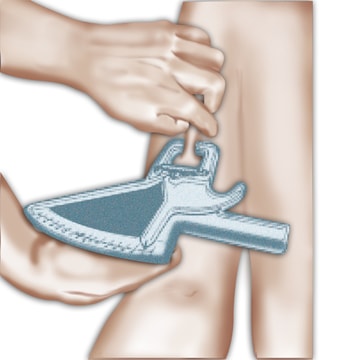
• Triceps – Whilst the elbow is bent at a 90 degree angle, then measure a the vertical fold midway between the elbow and the armpit (axilla)

• Axilla (armpit)– measure a vertical fold can be taken under the center of the armpit. This can also be taken for the supraspinale (suprailiac) measurement, wherein a diagonal fold measurement should be made between the protrusion of the hipbone and the start of the armpit, most suitably at a vertical interception.

• Chest – a diagonal fold should be measured midway between the nipple and upper pectoral.

• Abdominal – a vertical fold should be taken an inch right of the navel

• Thigh – on the standing leg, a vertical fold should be taken midway between the pelvis and kneecap

• Calf – in a resting position with the foot on a platform or chair, measure the vertical fold on the inside of the calf at the point with the most area.

Once your results have been recorded, you can use a caliper calculator to get a quick and easy calculation of your body fat percentage. Pressure must be kept on the calipers whilst taking note of the readings, releasing pressure may result in incorrect or inconsistent results.
Pros: Inexpensive to obtain, portable, fast and very accurate.
Cons: May be less accurate without a helper, issues with consistency, training is required to achieve best measurement technique.
Using the mirror and pictures
The use of mirrors and pictures are a very good way to evaluate body fat percentage. If you manage to get a series of images through the year, then you can evaluate a change in weight and the visible loss of fat around the different body parts.
Sometimes our memory serves well when in front of the mirror and can provide a visual indicator of loss of body fat or an increase in body fat. Although this is the easiest method to use with instant results and can be done alone, it is also highly inaccurate.
As the person is peering at himself or herself in a mirror, personal bias or disappointment can affect the judgement when comparing body fat percentage.
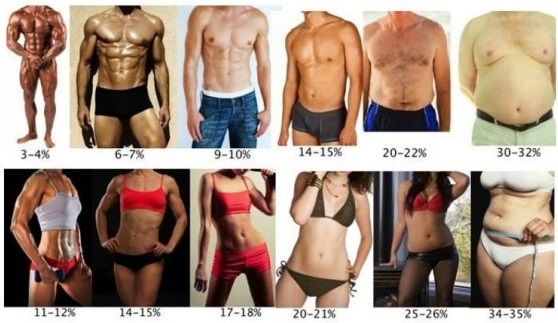
Another reason this method is not very effective is that, it is not possible to use visual judgment as an accurate marker to determine the percentage of body fat. Based on the demands and activity levels of a person, someone that has larger muscles from training may still feel they are ‘big’ or overweight when looking in the mirror. For this reason, this method should only be used sparingly as a reminder or aesthetic indicator.
Pros: Very easy and fast to do, no formulas or calculations required
Cons: Low accuracy based on visual bias or judgment, no scientific results obtainable.
Body fat scale (bioelectrical impedance)
Measurement with a good balance scale is simple and fast as there is no help needed in the measurement required. Compared to a few decades ago, technology has evolved and there are now scales, that not only measure a person’s overall weight, but also which part of the overall weight is classified as body fat.

These new body fat scales work through a process called bioelectrical impedance to estimate how much fat is in the body relative to the overall weight. When a person stands on the scale, a small faint electrical current is sent up one leg, traveling through the thigh and pelvis and down the other leg.
As muscle contains more water compared to fat, it conducts electricity much easier; therefore there is a greater resistance when there is a high level of fat in the body. The scales using this resistance information to provide what the estimated body fat percentage is through a calculated formula.
Certain scales even use hand held instruments to provide an even more accurate reading by sending the electrical pulses through the hand also. From low-cost entry level to the luxury models with smartphone and Bluetooth connection the body fat scales are both easy to use and provide reasonably accurate results.
Pros: Affordable, easy to use, easily accessible.
Cons: Less accurate compared to DEXA and calipers, readings can be skewered by hydration levels.
DEXA (Dual Energy X-ray Absorptiometry)
Those that are after a very precise measurement of their body fat percentage will usually need to visit a medical professional. With the modern equipment available at their disposable, a nearly 100% accurate measurement can be achieved.
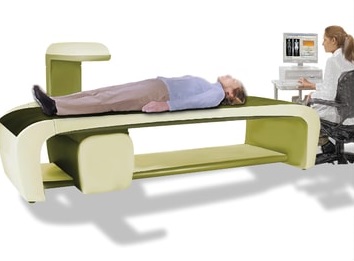
Although the device was originally only meant to measure bone density in individuals with osteoporosis and other bone related problems it is not very useful for the purpose of accurately identifying body fat levels. The process is done by the form of a high grade, low dose X-ray and is usually completed within 10-15 minutes.
Pros: Highly accurate, short, painless measurement procedure.
Cons: Costly, not readily available.
Hydrostatic Weighing
This body fat measurement method looks to determine the various composition of the body that makes up its total density (body fat to lean mass). Hydrostatic underwater weighing utilising Archimedes’ principle of displacement and has been shown to be quite accurate at determining the percentage of a person’s body fat in relation to the rest of their body.
As the density of fat and fat-free mass are constant, it is possible to determine a person’s body fat percentage through Archimedes’ principle. The principle suggests that the force of a submerged object (or person) would be equal to the amount of displaced fluid. Fatty tissue is less dense than water, whereas lean muscle and bone is denser than water, therefore in essence fat floats whereas muscle and bone sink.

This indicates that a person with a higher body fat percentage will weigh less underwater compared to someone with more muscle than fat. When determining the measurements, a special formula is made which determines the lean weight and fat weight with which a percentage can be deduced.
The process involves the use of a hydrostatic weighing tank with a mounted scale, belt and chair. The subject, in minimal clothing, will be on a specialised seat and after expelling air from his or her lungs will be lowered into the tank fully submerged. While the subject holds their breath, they must remain motionless while their underwater weight is being recorded. The process may have to be repeated a few times to get a more accurate overall reading.
Body density is first calculated:
Body Density = Dry Weight ÷ [((Dry Weight – Wet Weight) ÷ Water Density) – RV – 0.1]
And then the body fat percentage is calculated from the result using either the Siri or Brozek formula:
Siri Formula: Percentage Body Fat = [{4.95 ÷ Body Density} – 4.50] × 100
Brozek Formula: Percentage Body Fat = [{4.570 ÷ Body Density} – 4.142] × 100
Pros: Highly accurate, ‘gold standard’ technique, short test time, alternative to electrical impedance-based tests.
Cons: Costly, not readily available, not always practical, miscalculations can skew results.
Navy Method
This is one of the less used methods to measure body fat, but can also be effective. This method uses a tape to measure the circumference of the waist, hip and neck. These are then combined with the person’s height and gender to estimate the body fat percentage.
The main advantage of this method is that the US navy tape method can sufficiently obtain a relatively accurate value. Nevertheless, there are also criticisms of the formula. For example, someone who has strong neck muscles may have skewed results suggesting a higher body fat percentage.
Likewise, certain genetic conditions may affect the size of the neck and throat which is not taken into consideration with this measurement method.
Fortunately, although this method may not be the most accurate, it can still at least provide a reference point. If you have measured these values, you can use the formula below.
For men: KFA (in %) = 86.010 * log 10 [belly (in cm) – neck (in cm)] – 70.041 * log 10 [Size (in cm)] + 30.30
For women: KFA (in %) = 163.205 * log 10 [belly (in cm) + hip (in cm) – neck (in cm)] – 97.684 * log 10 (Size (in cm)) – 104.912
Pros: Easy to measure and calculate, fast.
Cons: Accuracy can be skewed by muscle mass and average statistical model, human error is possible with measurements.
YMCA method
The YMCA method is another formula with which you can measure body fat percentage can be calculated. Again, the measurement results from this method is well within the bounds of reliable accuracy but should be treated with caution similar to the US Navy Tape method.
In this method, a formula which incorporates the waist circumference is measured in reference to the subject’s weight to provide a value for the body fat percentage.
This system makes more sense especially when used by men, because in men, the main location of fat stores is often in the abdominal region. In women however, most of the fat is more likely to be prominent in the hip area. For this reason, this formula will be a little imprecise often in women.
Generally, this formula is applicable with only a few variables with an objective to provide an accurate result. Ultimately, the relationship between weight and abdominal circumference is calculated and depending on the person’s muscle mass and training status, the values could be quite different from the reality.
If you are looking to have your BFP (body fat percentage) calculated with this method, you can use the formula below to do so. The body fat percentage decreases with increasing age to incorporate the effect of age on BFP. It also provides a formula for both genders, understanding the impact on your optimal BFP. Here is the YMCA formula:
For men: BFP (in%) = -98.42 + 4.15 (waist in cm) – 0.082 (weight in kg) / (weight in kg)
For women: BFP (in%) = -76.76 + 4.15 (waist in cm) – 0.082 (weight in kg) / (weight in kg)
Pros: Easy to measure and calculate, takes gender into account.
Cons: Low accuracy due to assumptions of body size and mass.
Frequently Asked Questions
Q. What is the ideal/healthy body fat percentage for my age?
A. Although not definitive, the following range is generally suggested as healthy based on age:
- Men (18-30) – 10 to 19% body fat
- Men (31-45) – 14 to 25% body fat
- Men (46+) – 18 to 28% body fat
- Women (18-30) – 20 to 29% body fat
- Women (31-45) – 23 to 33% body fat
- Women (46+) – 25 to 36% body fat
Q. Is BMI the same as ‘body fat percentage’?
A. BMI stands for body-mass index and estimates the amount of body fat using a formula based on an individual’s weight. Body-fat percentage provides a more accurate figure based off body-fat measurement techniques to measure the amount of fat on an individual’s body.
Q. How to lower body fat percentage?
A. There are various methods suggested to aid in effective fat loss. Healthy fat loss occurs with losing between 1 -3% a month. Ways of burning fat effectively include:
- Sleeping more
- Following a high-protein, low-carb diet
- Calculating your BMR and consuming slightly fewer calories that you expend
- Increase fibre intake
- Exercise at least 2-3 times a week (especially focusing on strength training)

